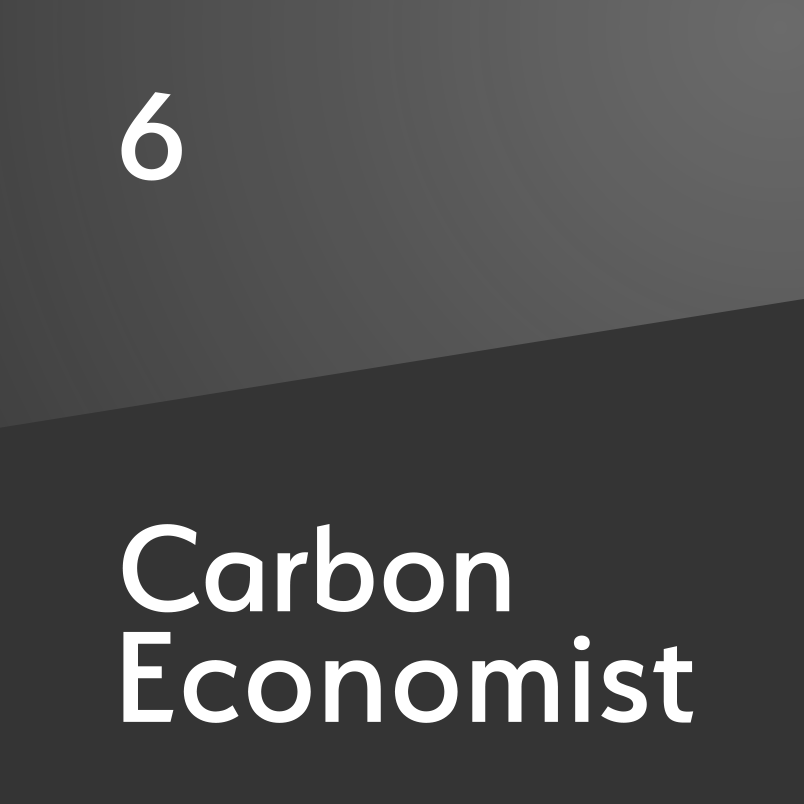Suez crisis highlights bottlenecks
The blockage of the Suez Canal by a single vessel highlights how important navigational chokepoints are for the shipping sector and commodities markets
Containership the Ever Given was refloated in late March, six days after running aground and blocking the Suez Canal in both directions, causing significant disruption and a build-up of traffic waiting to traverse the waterway. The alternative to taking Suez is to circumnavigate Africa via the Cape of Good Hope. The distance from Rotterdam to Japan via the Cape route, for example, is around 25pc longer, and voyage time at 11 knots increases to around 54 days, up from 42 days via Suez. Hormuz is the world’s most important oil transit chokepoint That means increased fuel expenditure and the potential for knock-on disruption to port loading and unloading schedules and any subsequent voy

Also in this section
5 December 2025
Mistaken assumptions around an oil bull run that never happened are a warning over the talk of a supply glut
4 December 2025
Time is running out for Lukoil and Rosneft to divest international assets that will be mostly rendered useless to them when the US sanctions deadline arrives in mid-December
3 December 2025
Aramco’s pursuit of $30b in US gas partnerships marks a strategic pivot. The US gains capital and certainty; Saudi Arabia gains access, flexibility and a new export future
2 December 2025
The interplay between OPEC+, China and the US will define oil markets throughout 2026







